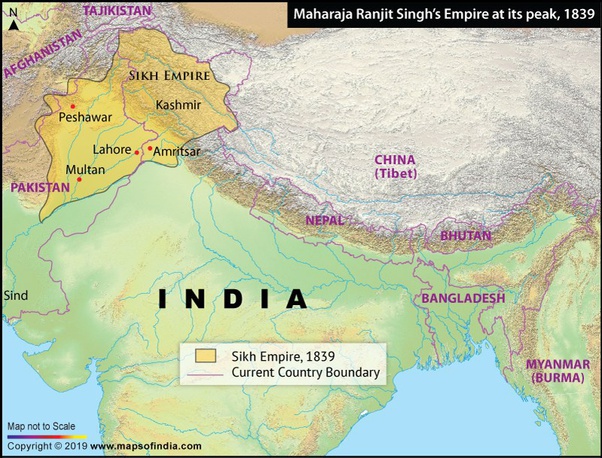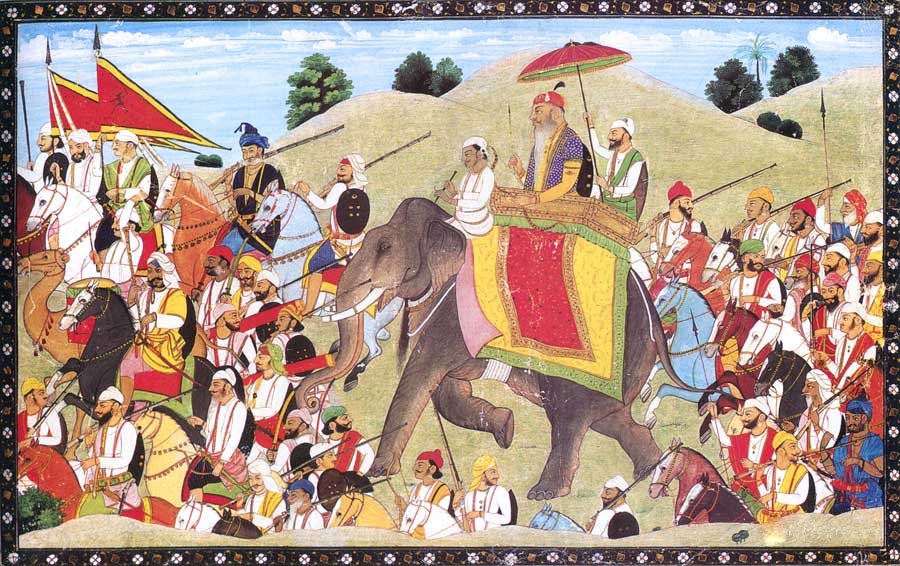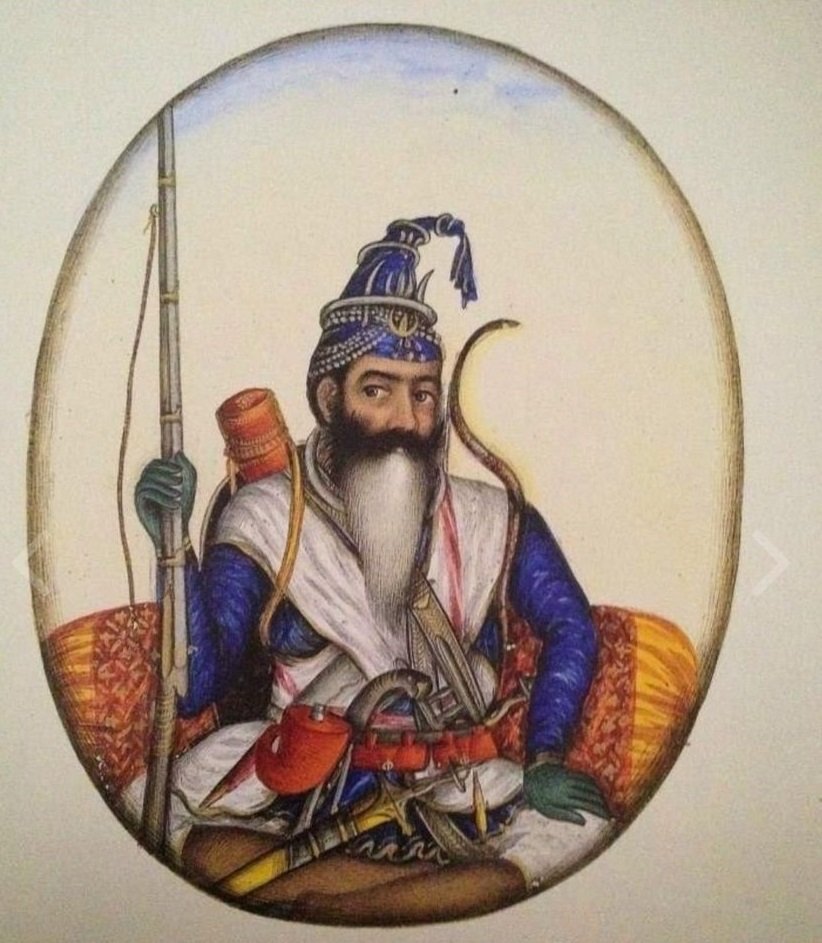
By Gurinder Singh Mann, 18/08/2021
On Monday 16th August as the Taliban had taken over Kabul, last in the line of cities to fall, the USA president addressed the word citing Afghanistan as the graveyard of Empires. There is no consensus on who coined the phrase but the title alludes to the country due to failed campaigns by Russia, the British and other powers.
The Sikhs in history would be on the defensive and the offensive against the Afghans, but there has been a myth that the Sikhs took over Afghanistan. This is an erroneous view based on our overzealous take on bulking up Sikh history. Fact is conquering the Afghanistan was something that was never going to happen. In fact there never appears to be anything which suggests the Sikhs even wanted to try. Did the Sikhs choose wisely? It appears so. The Sikh Confederacies known as the Misls during the eighteenth century held outposts in present day Pakistan which they sometimes held and then lost. Due to the vast terrain, between these locations ,the Sikhs did not have the personnel to be fighting on two fronts, and that is why the Misls were split between fighting the Afghans on one hand and the Mughals/Mahrattas/Rohillas around Delhi. The Misl period is rarely discussed because people just don’t have a clue as to what happened but the Bhangi and Sukerchakia Misl held onto many places until Maharajah Ranjit Singh (1780–1839) added to his Misl’s territory and others. Jassa Singh Ahluwalia (1718 – 1783) as the head of the Sikh forces maintained this duality with difficulty but when the tributes came to each Misl, they all paid their stipends to Amritsar. This allowed for a central treasury to pay for raging wars against the invader.

Ahmad Shah Abdali (c. 1722–1772), known as the father of Afghanistan was the invader who overran the Mughal Empire and who mercilessly killed thousands of Indians with the Mahrattas taking a battering in the battle of Panipat in 1761. Indeed it was the period which nearly saw the Sikhs nearly wiped of the face of the earth especially during the massacre known as the Vadhha Ghallughara (bigger holocaust), where around 30,000 Sikhs were killed within a period of days.
Fighting the invader was the order of the day until Maharajah Ranjit Singh known as the ‘Lion of Punjab’ created the Sikh Empire from 1799 onwards, improving the army and creating stability in what we know as Punjab. Fighting on two fronts could have been maintained but again at a cost. However by signing the Treaty of Amritsar in 1809 with the British. He had limited control below the Sutlej River so he pushed towards Kashmir, Peshawar, as well as Multan. Fighting on one front is easy but two fronts was painful, but still it was an epic task.

During the Sikh Empire, Ranjit Singh gave Ahmad Shah Abdali’s grandson Zaman Shah Durrani (1767 – 1844) safe haven in the Punjab and the also his son Shah Shuja Durrani (after wrestling the Koh-i-Noor from him). This all showed that Ranjit Singh was not beyond mercy. There was continued dialogue and wars between the Afghans and the Sikh Empire. The battles faced by the great generals Hari Singh Nalwa (1791–1837) and Akali Phula Singh (1761-1823) led to great gains but they became Shaheed or martyrs fighting against the Afghans at Peshawar and Pir Sabak respectively. It was always a struggle keeping the Afghans at bay but it was eventually achieved but with major loss of life.
As i am finishing my chapters on the roles of Akali Phula Singh and Hari Singh Nalwa for my next book: The Rise of the Sikh Soldier (Helion and Company), it brings the present situation closer to home. We don’t know what will happen next but the Sikhs have been both been at the brunt and in governance of the Afghan people with mixed results. We hope for a better future for all concerned.
Further Reading:
The British and the Sikhs: by Gurinder Singh Mann
Afghan Hindus and Sikhs History of a 1000 years by Inderjeet Singh

1 comments on “Afghan Sikh Relations: The Graveyard of Empires with a Twist”